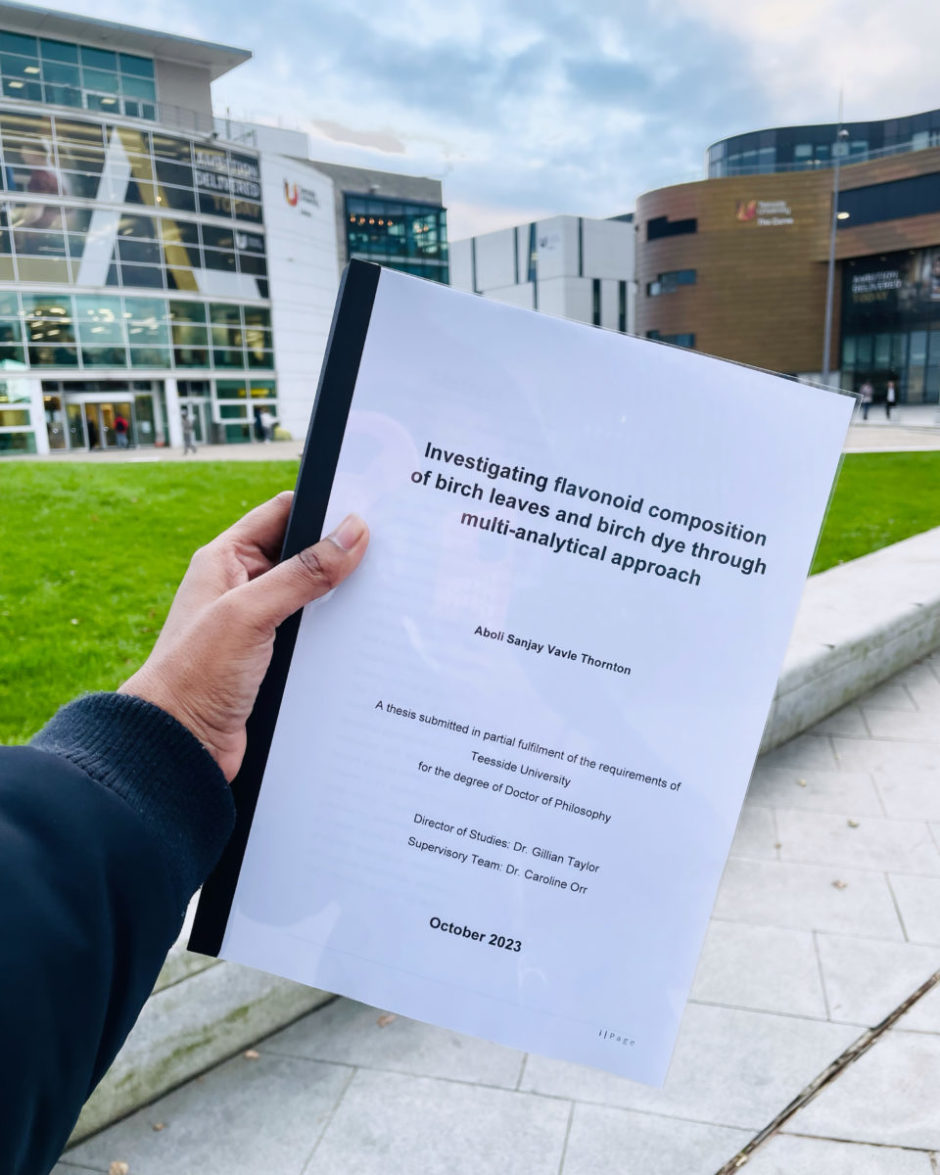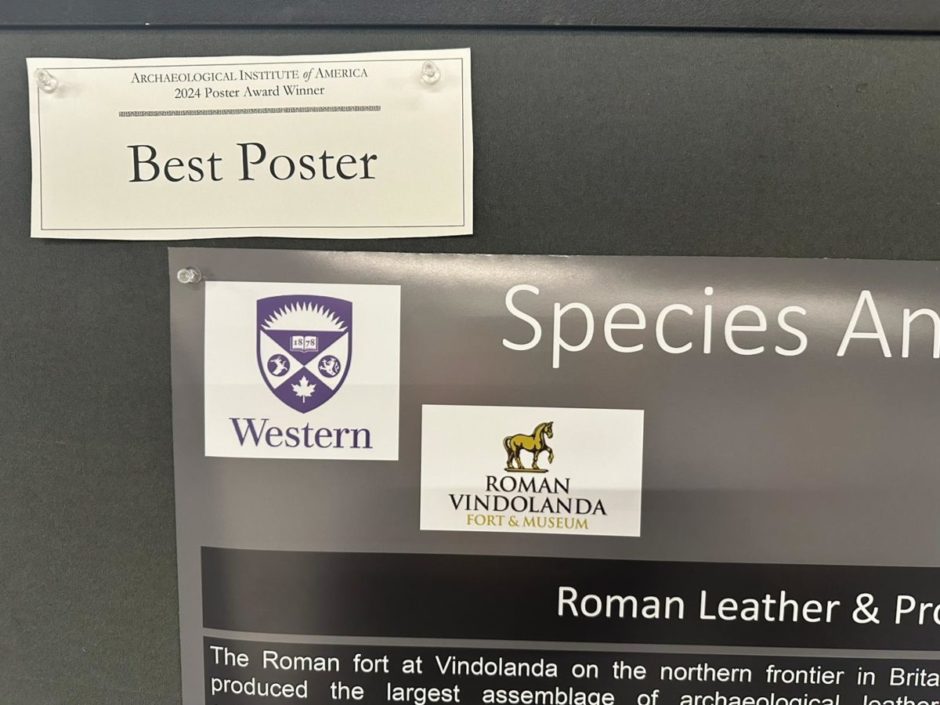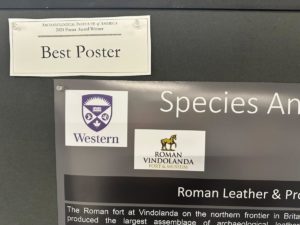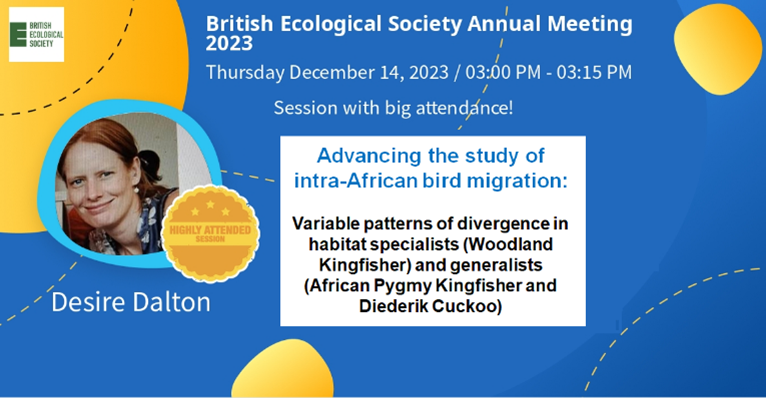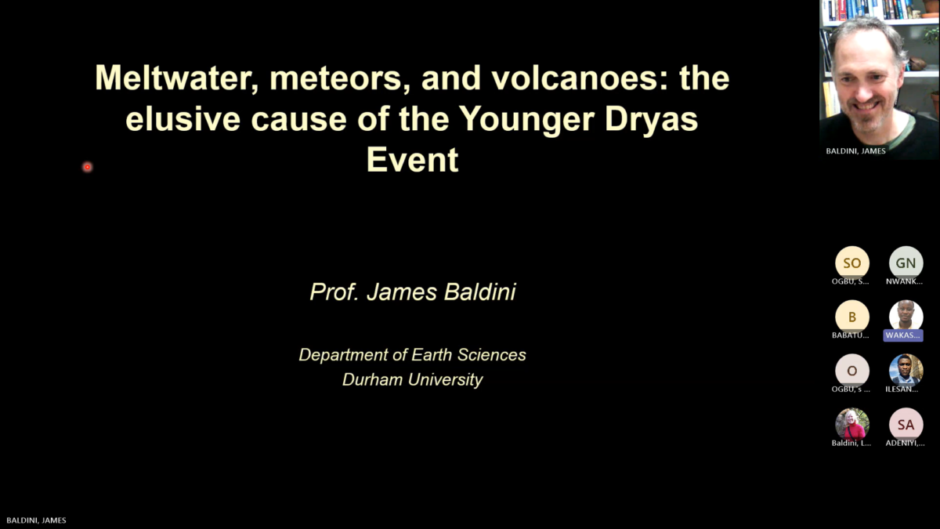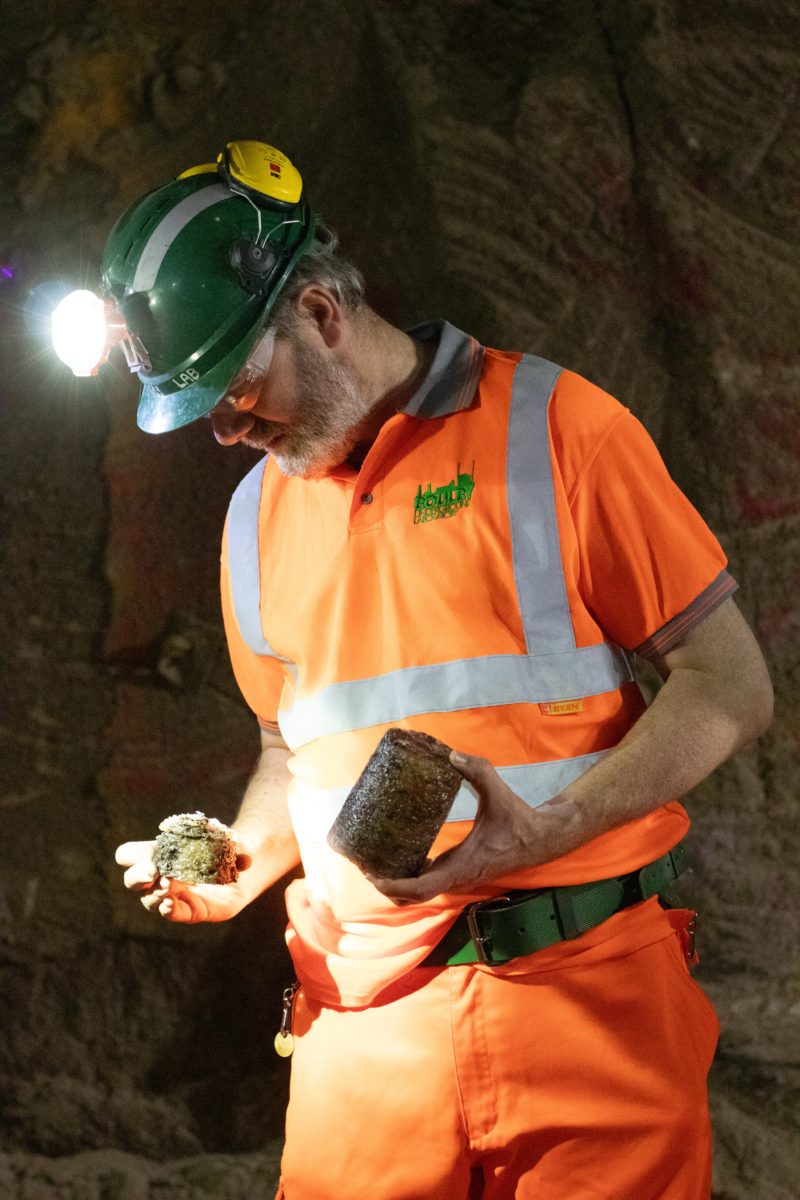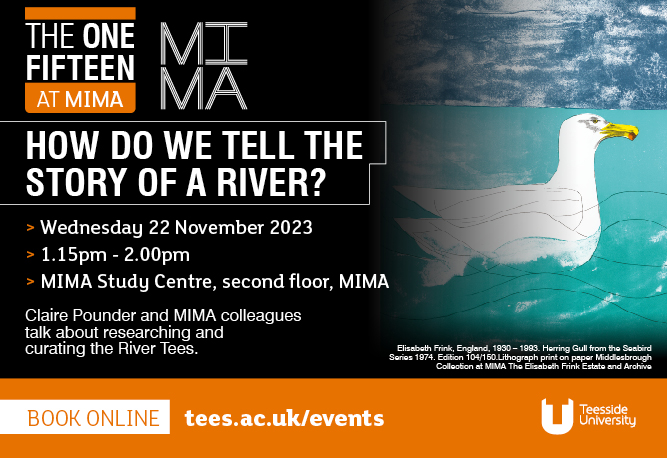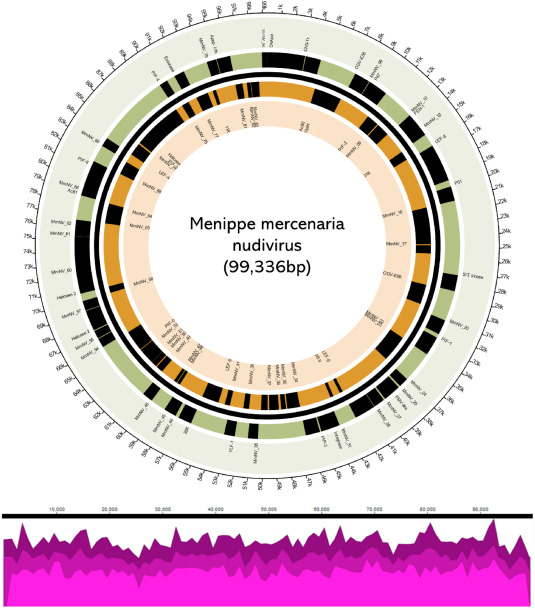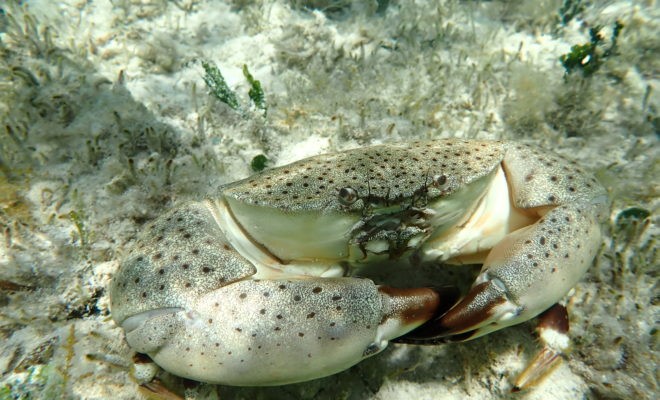The team are wonderfully proud of Dr Aboli Vavle this week, on passing her viva.. here is her story..
I can’t believe I am writing this blog post. It still hasn’t sunk in to be very honest, but it gives me great pleasure to finally say that I’ve passed my PhD viva with some great comments from my examiners. On 8th January 2023 at 1:30pm in the afternoon (not to forget in a freezing cold room), I was called in for my viva. My examiners greeted me with a very warm smile and excitement. I walked in with confidence but was nervous at the same time. My external told me at the start of the viva that ‘Please relax and take your time to answer and if we’re asking follow up questions, we’re only asking them to understand a bit more from you’. That did calm me down a bit.
And so it began! I was asked so many chemistry questions regarding the structures and bonds and formulas. I tried to answer them to my best ability. Anything that I was not sure of, I was being 100% honest and was calmly letting them know and both my examiners were very kind and helpful in making me understand anything that I wasn’t sure of. By 3:30pm, we were only on 90/228 pages. I remember walking out to stretch my legs and thinking, we haven’t even got to my actual results yet and that got me a bit more nervous. But I calmed myself down and reassured myself that it is my work and all I need to do is answer to my best potential. I went back in and we started the viva again and this time I was a bit more confident in answering as the questions were more related to my actual samples. Funny thing is I didn’t get asked many questions about my actual work, because when reading the thesis the examiners said that they themselves could see how novel the work was. My external examiner asked me, ‘Do I like underselling my work?’. I nervously laughed and he continued ‘it’s done with such precision especially the chromatograms. You need to highlight it a bit more’ and that made me very happy. My internal examiner also said that they found the tables of all the case studies very helpful and that made me even happier. Around 5:20pm, the viva was concluded and I was asked to wait outside.
Those 10 minutes were the hardest 10 minutes of my entire life. I was called in by the chair and I sat down. The external examiner said ‘We have decided to pass you. Congratulations Doctor’. As soon as I heard that, I had tears rolling down my cheeks, I said ‘Thank you’ in a squeaky voice and I apologised and they said ‘you don’t need to because we understand what a PhD student goes through’. They said they enjoyed reading my work and that was the reason they kept asking me questions for 4 hours! They also said that my thesis was very easy to read and follow. I thanked them for taking time to read my thesis and their valuable feedback. We showed the examiners around the NHC labs and I thanked them once again for the day. Also, just want to take a moment here to thank Dr. Gillian Taylor, my Director of Studies and Dr. Caroline Orr, my supervisor because I don’t think I would have been able to do any of this without their help and support.
Back to Newcastle around 7:30pm, all I wanted to do was to hug my husband (who now has to call me Dr. Wife), have a glass of chilled Cuba Libre, eat some Poutine and go to bed. It was a very tiring but a wonderful day that I will remember for the rest of my life.


